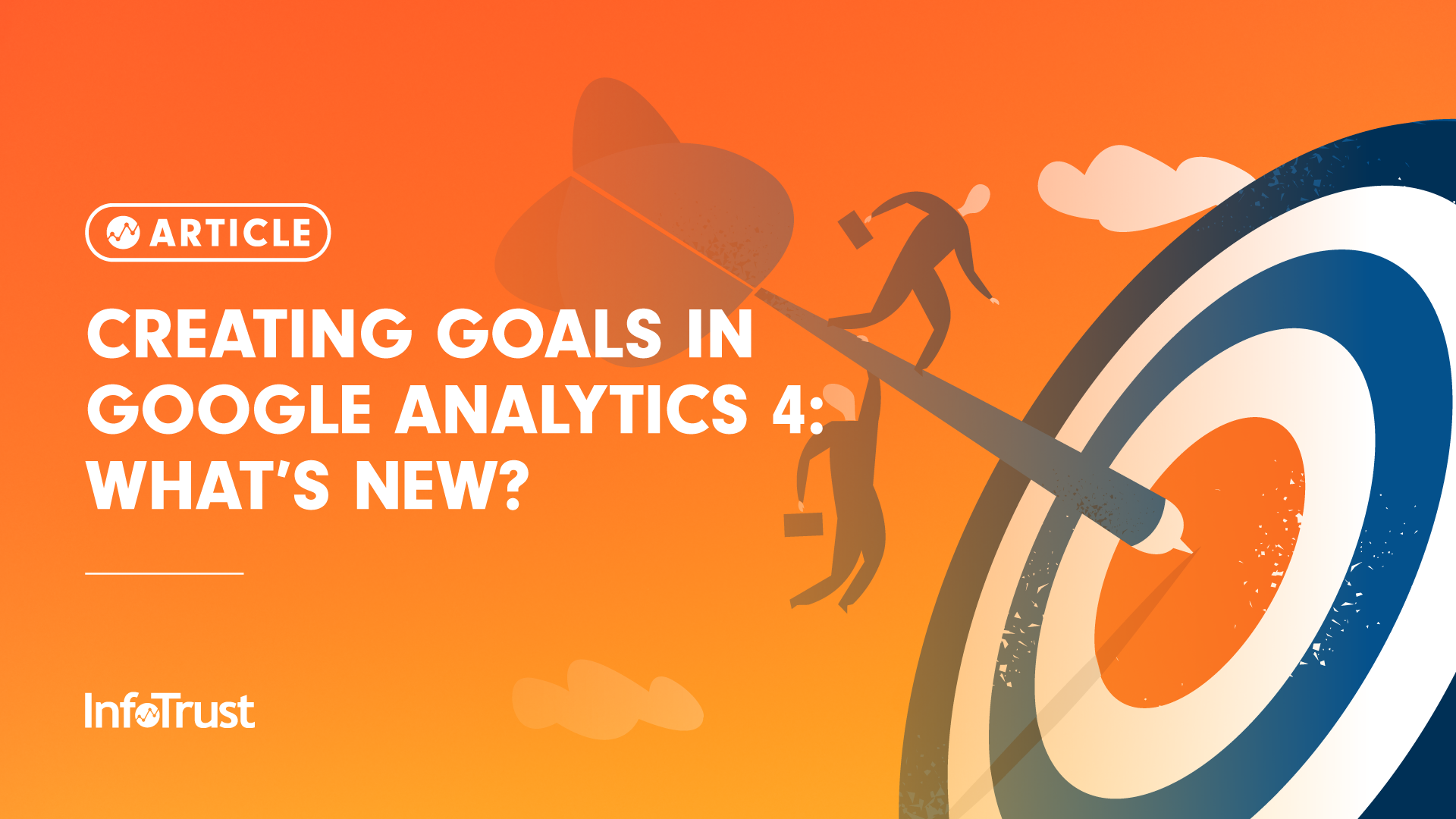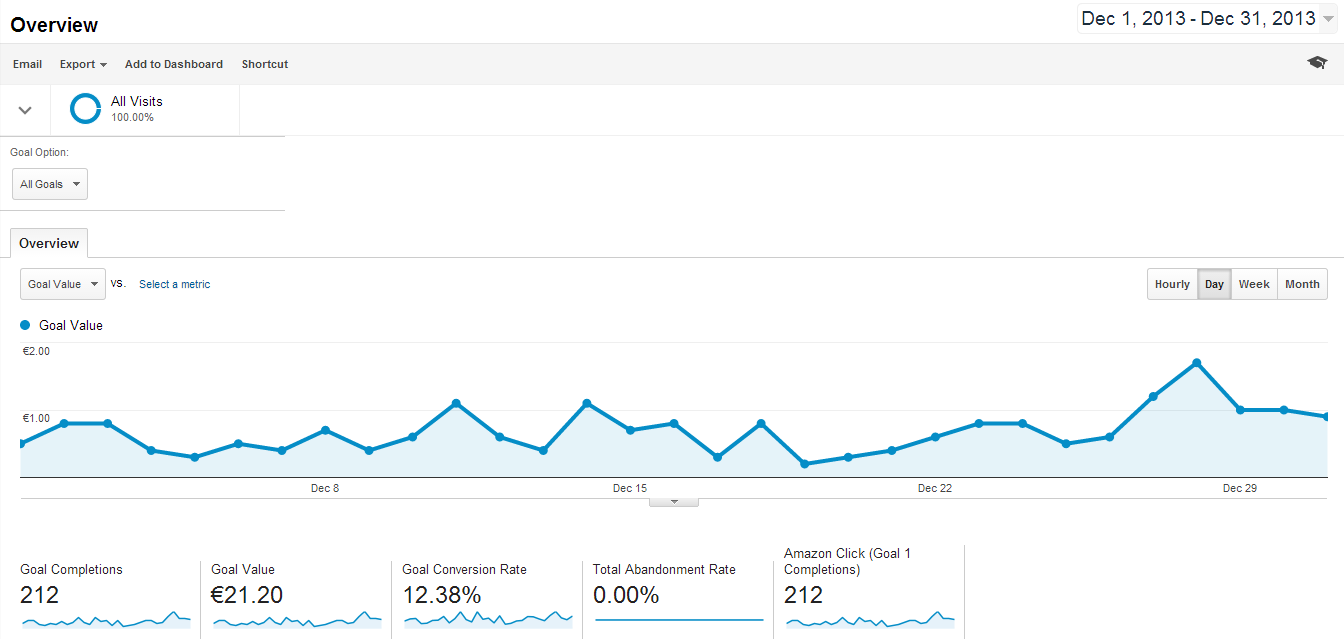What Data Is Google Analytics Goals Unable to Track: Learn the Limitations
What Data Is Google Analytics Goals Unable to Track: Learn the Limitations
Blog Article
Discover the Limitations of Google Analytics Goals: Introducing the Data Kind That Remain Untrackable
As companies increasingly rely on data-driven decision-making, understanding the limitations of devices like Google Analytics ends up being extremely important. While Google Analytics Goals offer useful insights into user interactions, there exist information types that thwart tracking, posturing challenges to a comprehensive understanding of customer habits. These untrackable data types question about the precision and completeness of the analytics information that organizations greatly trust for their digital strategies. Interested to reveal the covert unseen areas in your data evaluation procedure?
Insufficient Individual Trip Tracking
Insufficient customer journey monitoring within Google Analytics can hinder the capacity to accurately assess individual behavior. When the user journey is not fully tracked, there are spaces in the information that avoid a thorough understanding of how customers engage with an internet site. This lack of insight can bring about missed chances for optimization and renovations to the individual experience.
One common issue with insufficient customer trip tracking is the failure to see the full path that users take before completing an objective or leaving the website. Without this info, it is challenging to identify where individuals may be coming across barriers or rubbing points that prevent them from converting. Additionally, insufficient monitoring can obscure the impact of certain advertising and marketing efforts or web site modifications on individual actions.
To resolve this restriction, it is critical to establish appropriate tracking systems within Google Analytics to capture the whole individual trip. This might entail setting up occasion monitoring, objective funnels, or making use of tools like Google Tag Manager to guarantee that no vital interactions go unrecorded. By acquiring a comprehensive view of the individual trip, web site proprietors can make even more enlightened choices to boost individual engagement and drive conversions.
Acknowledgment Difficulties
Browsing with attribution obstacles in Google Analytics requires a complete understanding of how different touchpoints add to the overall conversion process. Attribution obstacles develop from the intricacy of modern-day client journeys, where individuals engage with multiple channels before converting. Google Analytics supplies numerous attribution models like first touch, last touch, and direct, each supplying a different perspective on exactly how credit history is assigned to touchpoints along the conversion course. However, these designs may not constantly accurately mirror truth effect of each touchpoint on the conversion.
One usual acknowledgment difficulty is the problem in associating conversions to the right source, specifically in instances where individuals interact with several networks prior to converting. This can bring about inaccuracies in identifying which advertising and marketing efforts are driving one of the most conversions. In addition, cross-device monitoring postures an additional attribution difficulty, as individuals often switch over in between gadgets throughout their trip, making it testing to track their communications effortlessly. Marketing experts must meticulously translate and evaluate acknowledgment data to make enlightened decisions and optimize their marketing approaches properly.
Offline Conversions
Provided the obstacles related to attributing conversions accurately in online networks, the dimension of offline conversions offers a substantial chance for marketing professionals seeking a much more thorough understanding of their clients' journey. Offline conversions describe actions that clients absorb the real world, such as making acquisitions in brick-and-mortar stores or over the phone, attending events, or engaging with printed materials - what data is google analytics goals unable to track. These conversions are essential for businesses that run both online and offline, as they supply beneficial insights right into the performance of marketing projects throughout different touchpoints
Tracking offline conversions generally positioned a substantial difficulty for marketing professionals, as it was challenging to connect these actions back to details on the internet communications accurately. With innovations in modern technology, such as the integration of CRM systems, special identifiers, and coupon codes, organizations can now connect the space between online and offline data to acquire a more holistic view of client habits. By efficiently measuring offline conversions, marketers can optimize their methods, designate resources a lot more effectively, and eventually enhance the overall customer experience.
Cross-Device Monitoring
Cross-device tracking plays an important role in recognizing the interconnected nature of consumers' electronic interactions across numerous devices. In today's omnichannel world, where users flawlessly switch over in between mobile phones, tablet computers, and desktop computers, tracking their habits across these devices is essential for marketing experts to get a thorough view of their consumer journey.

Additionally, privacy issues and policies such as GDPR and CCPA have better complex cross-device tracking. With customers requiring more control over their information and boosted useful content restrictions on tracking technologies, marketing experts should find ingenious and privacy-compliant means to connect customer interactions across devices.
Dynamic Material Engagement
Understanding individual engagement with vibrant content is pivotal in maximizing electronic advertising and marketing techniques for enhanced target market interaction. Dynamic content describes website elements that transform based upon customer behavior, choices, or various other aspects, using a personalized experience. Nevertheless, tracking customer interactions with vibrant web content poses obstacles for conventional analytics devices like Google Analytics.
While Google Analytics can track basic interactions like clicks and page sights, it might have a hard time to you can check here catch more nuanced engagements within vibrant material. what data is google analytics goals unable to track. Metrics such as time spent on particular dynamic components, hover activities, or communications within pop-ups are commonly not easily measurable utilizing basic tracking techniques. This constraint impedes marketers' ability to fully comprehend how users are engaging with vibrant web content and customize their approaches appropriately

Final Thought
In final thought, Google Analytics goals have constraints in tracking insufficient user trips, associating conversions precisely, catching offline conversions, tracking cross-device communications, and gauging dynamic content engagement. These restrictions highlight the importance of exploring extra tracking methods and devices to get a much more comprehensive understanding of individual habits and conversions beyond what Google Analytics can supply.
While Google Analytics Goals offer important understandings into individual interactions, there exist information kinds that avoid tracking, posturing difficulties to an extensive understanding of customer actions.Insufficient individual journey tracking within Google Analytics can impede the ability to precisely assess user actions. When the individual journey is not fully tracked, there are voids in the data that avoid a comprehensive understanding of how customers interact with a website.One usual concern with insufficient user journey monitoring is the failure to see the complete course that customers take before completing official site an objective or leaving the website. By gaining a comprehensive sight of the user trip, site owners can make even more informed choices to improve user interaction and drive conversions.
Report this page